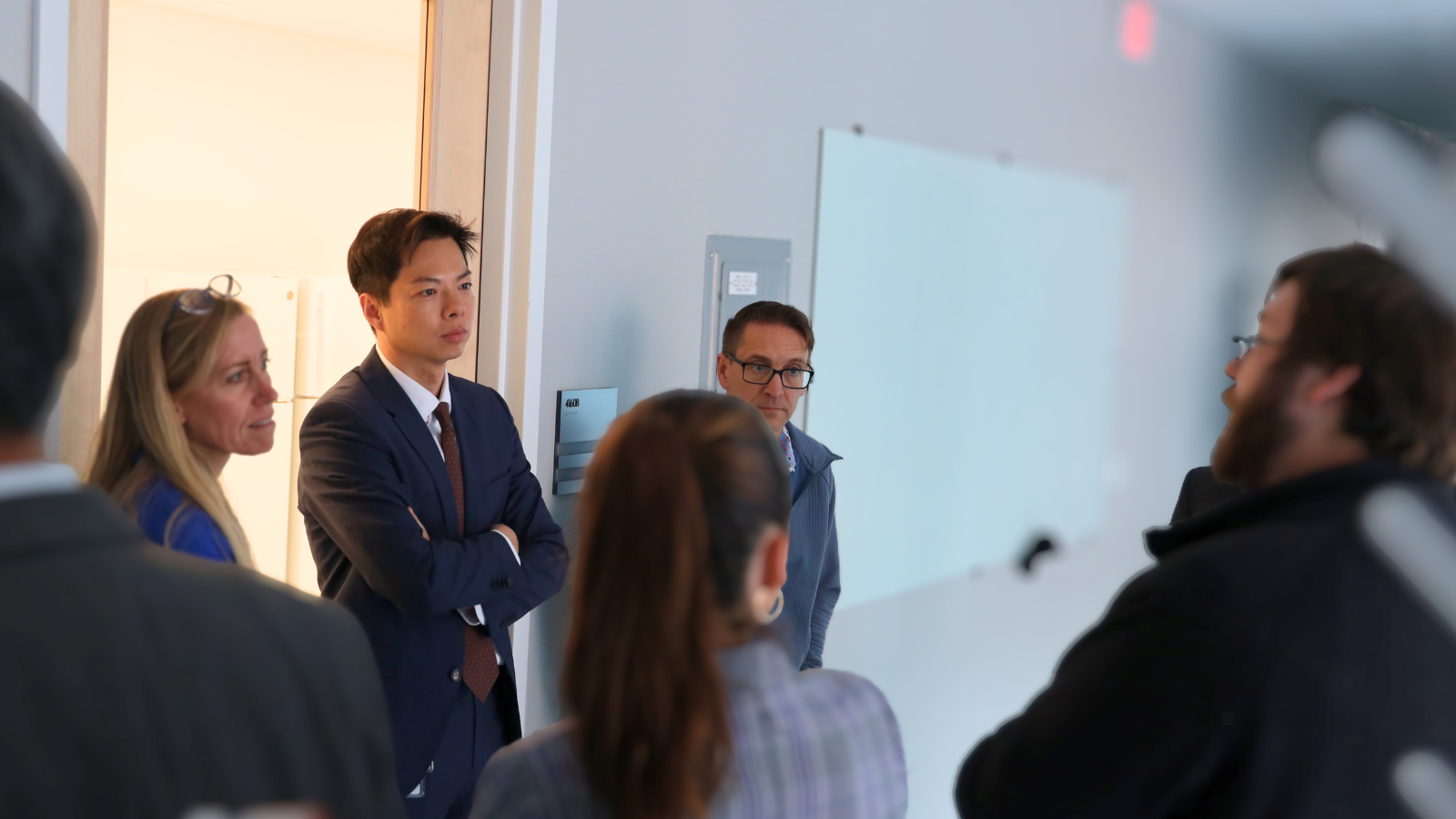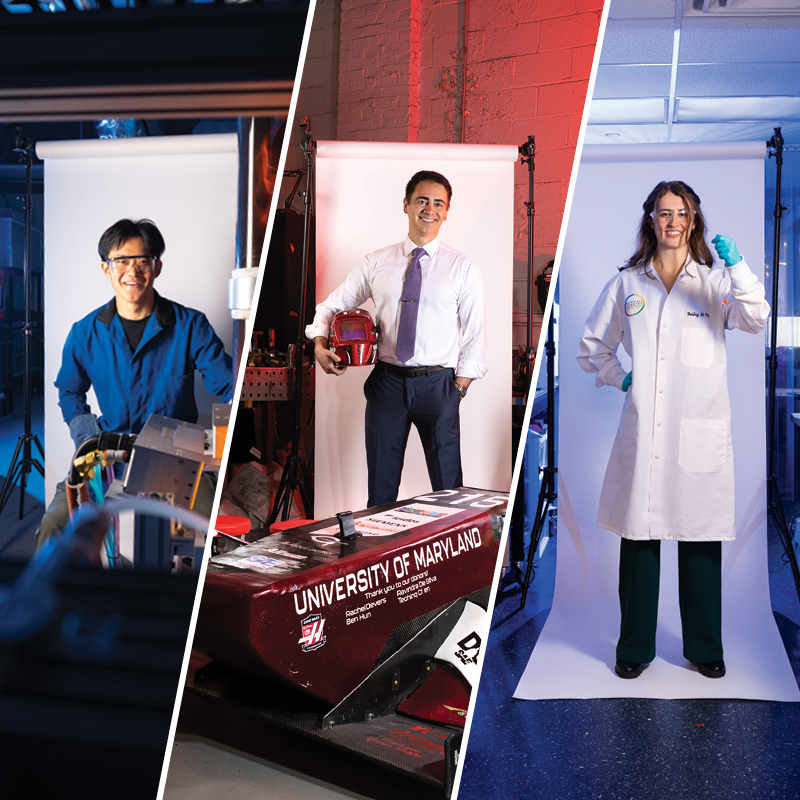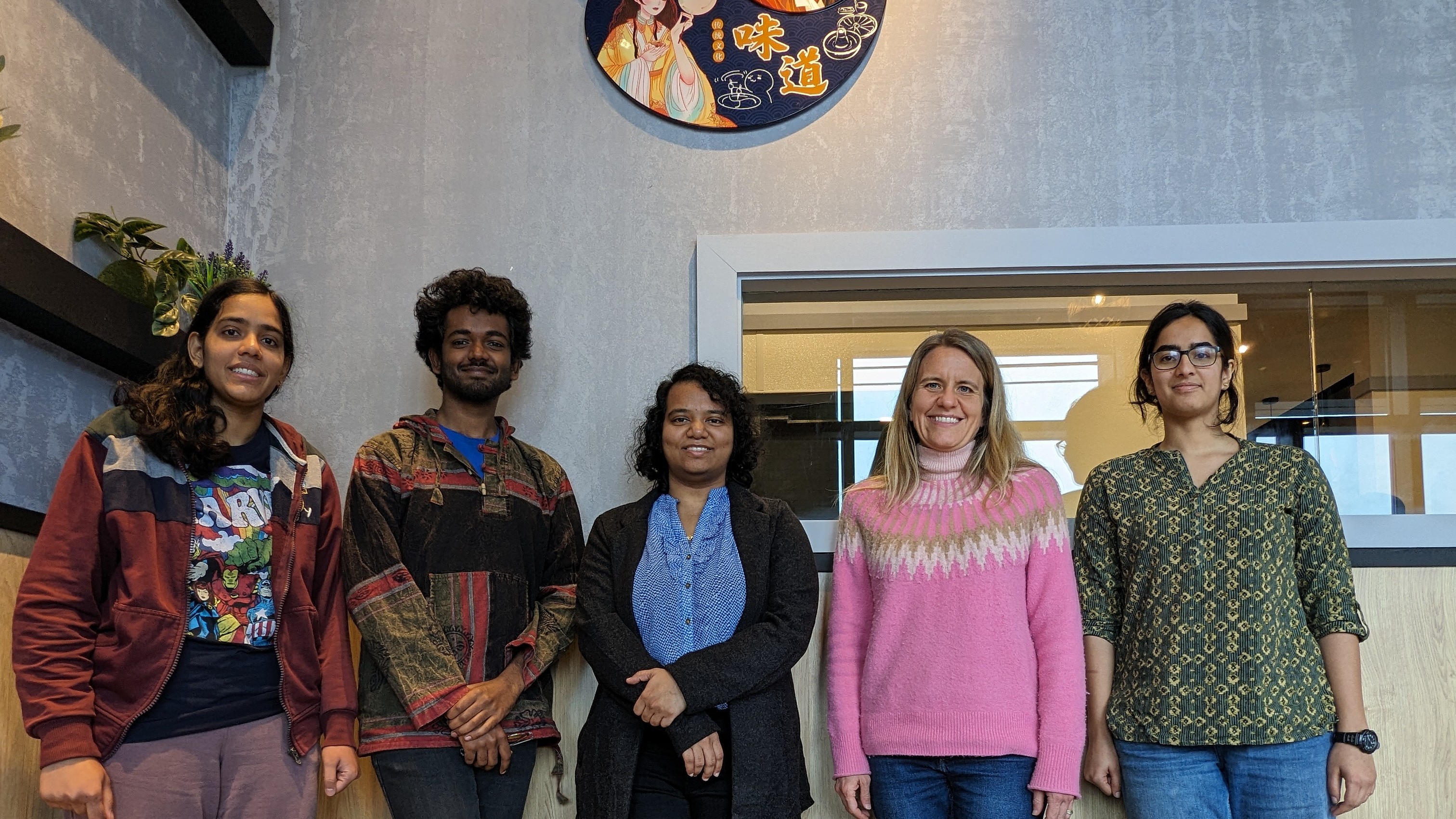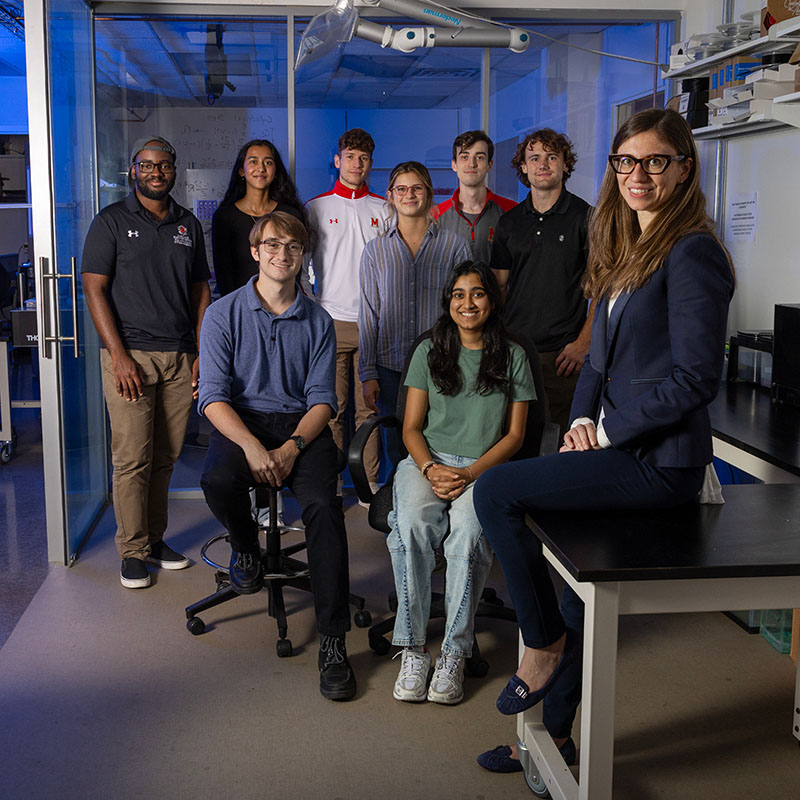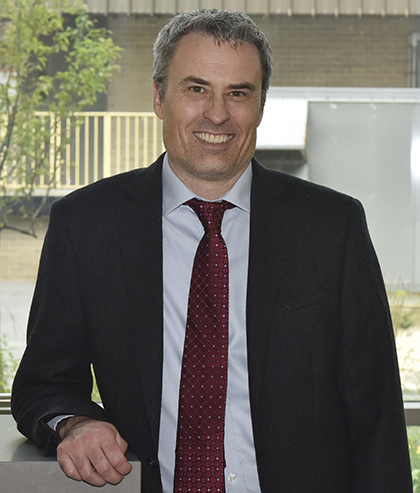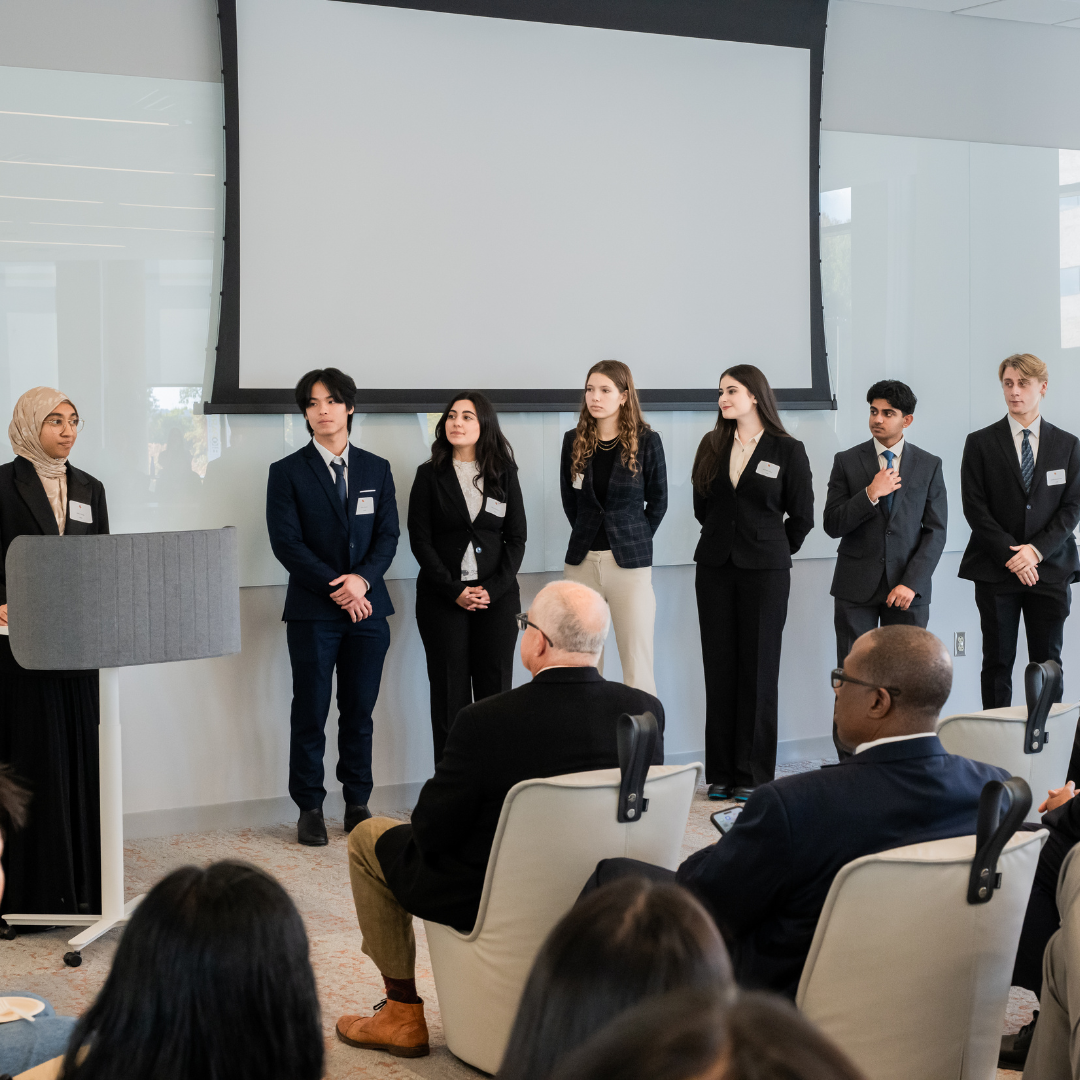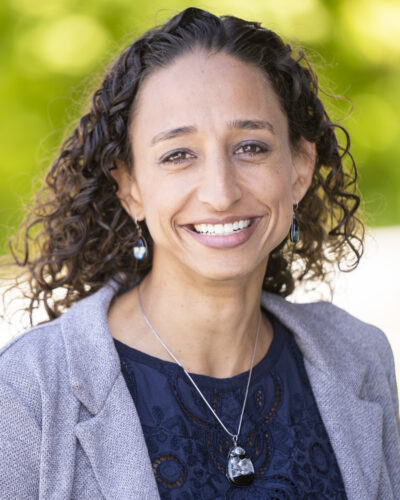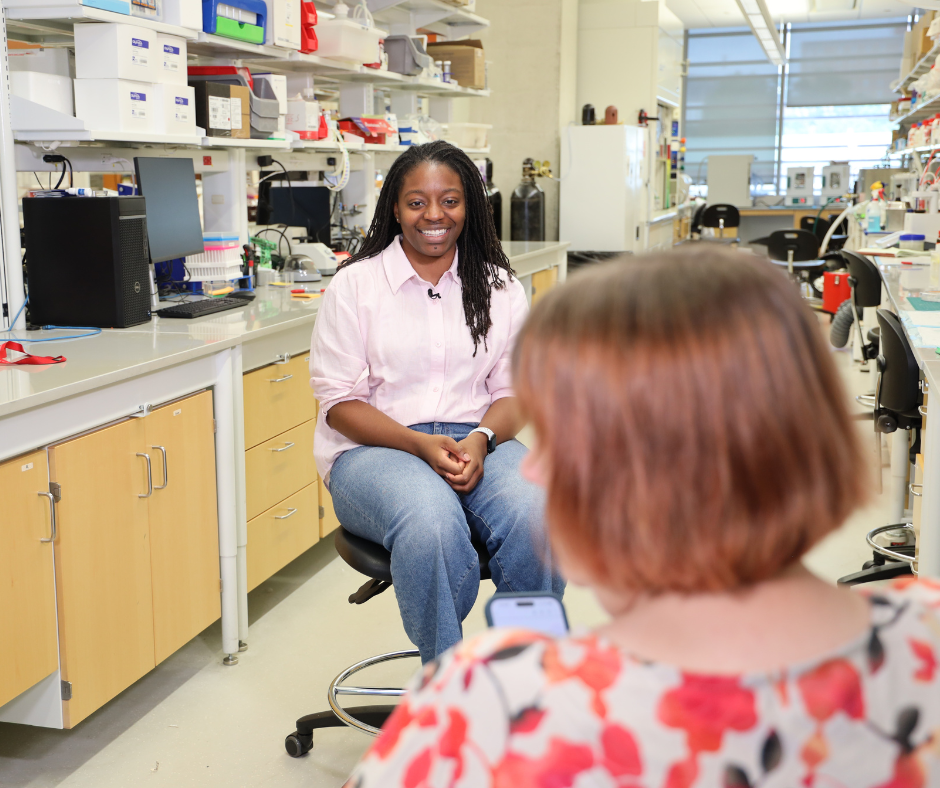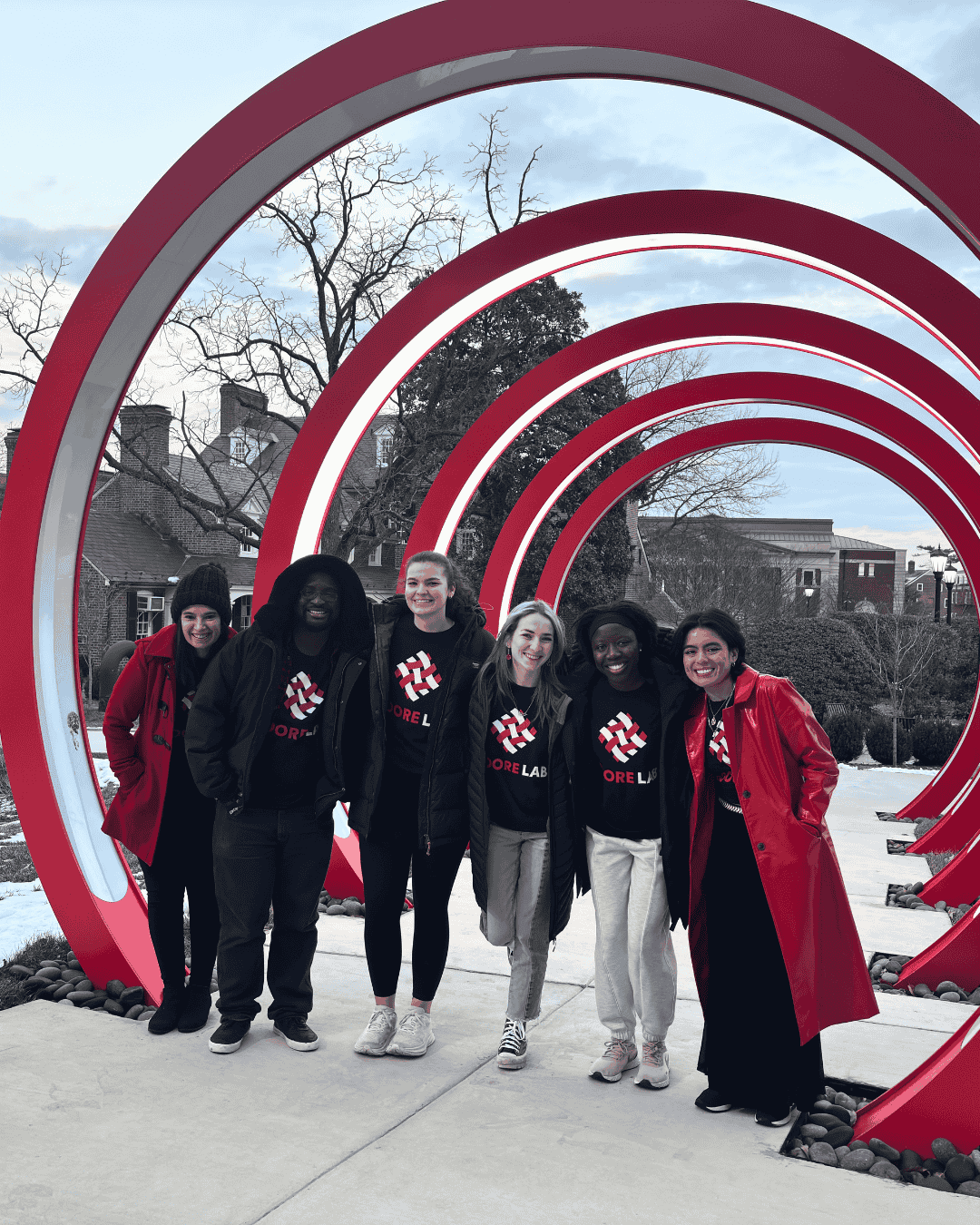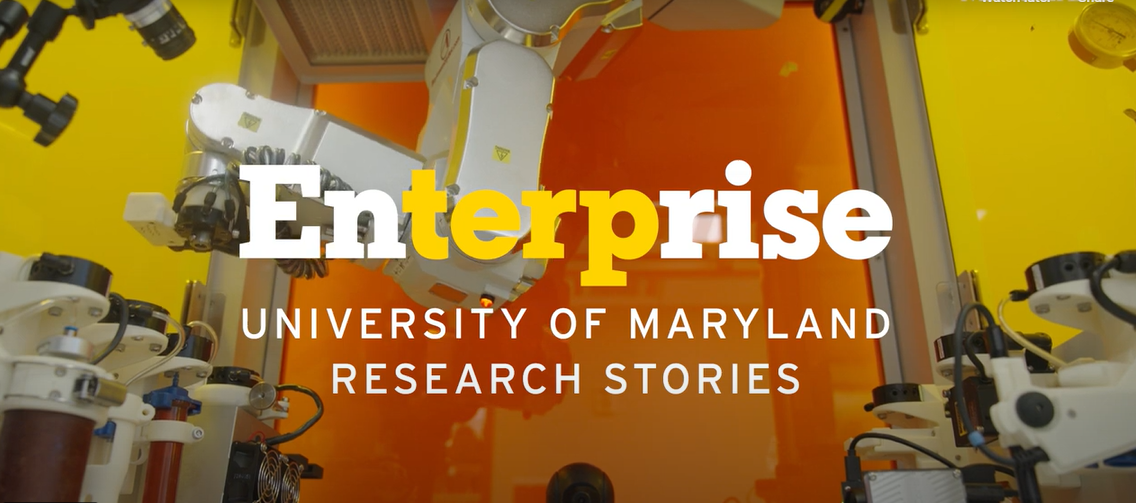News Story
Bioengineering at Maryland Day
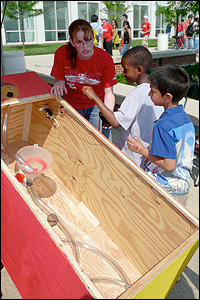
Does gum really stay in your stomach for 7 years? Fischell Department of Bioengineering students helped kids find out.
Maryland Day is the university's free, all-campus open house event that invites families, friends and neighbors of all ages explore everything UMD has to offer. BIOE's exhibits, part of the "Science and Tech Way" tour route, offered visitors the opportunity to participate in demonstrations and hands-on activities.
Undergraduates majoring in biological resources engineering (ENBE) and bioengineering manned a joint exhibit presented by student chapters of the American Society of Agricultural and Biological Engineers (ASABE) and the Biomedical Engineering Society (BMES). One demonstration addressed the myth that swallowed bubble gum stays in the stomach for seven years. Kids were able to send gumballs rolling down a model of the human digestive system to learn more about anatomy and where swallowed gum would actually go, while a poster for older visitors explained the physiological reasons why in reality bubble gum only stays in the body 2-3 days.
Other exhibits included a new polymer produced by Professor Peter Kofinas' research group in the Functional Macromolecular Laboratory that changes colors when doused with water, part of an effort to create wrappers than can warn grocers and consumers if food is contaminated; and Professor Art Johnson's Human Performance Laboratory research group demonstrating and collecting data with their airflow perturbation device (APD), a medical instrument Johnson developed for the noninvasive measurement of respiratory resistance (airflow) to determine lung function.
Published May 7, 2008
